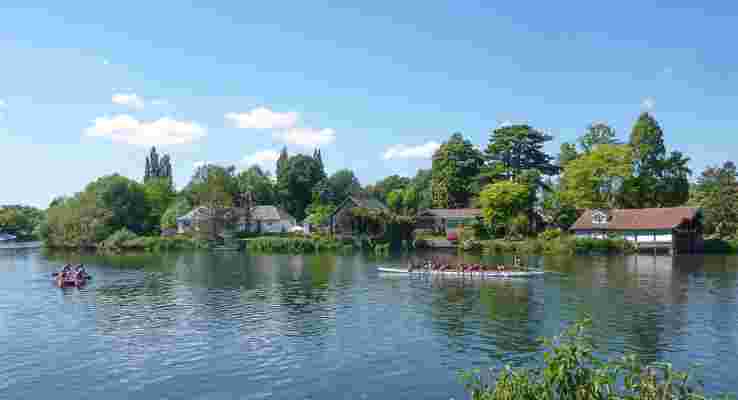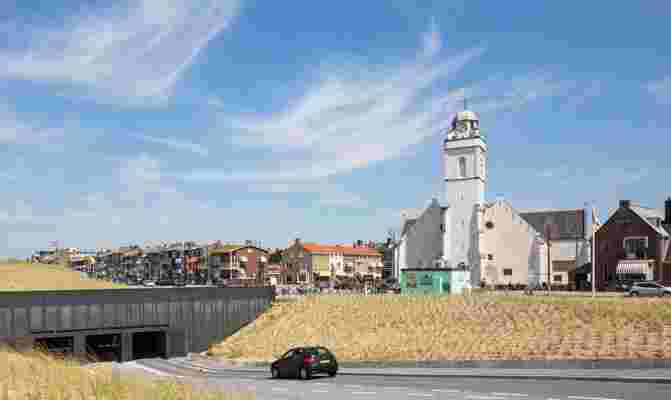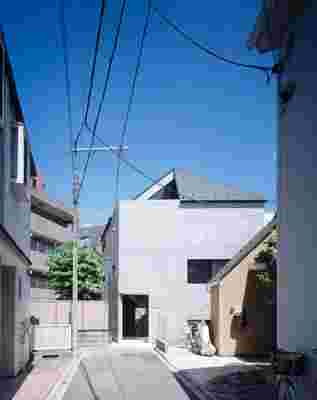5 Innovative Disaster-Proof Structures
Building for environmental hazards has always been a necessary truth within the discipline of architecture. However, when it comes to creating über-durable structures, function all too often overrides form for reasons of limited resource, ease, and practicality. A slew of new buildings is turning this notion on its head, though, as architects from Miami to Tokyo create inventive and aesthetically rich works of architecture that seamlessly combat the environmental extremes of their geography. Take for example, Studiohuerta’s elegant response to Mexicali’s precarious proximity to the San Andreas Fault: an aluminium-and-concrete structure, part of the Centro de Enseñanza Técnica y Superior, that appears to be made of anything but. Or there’s OMA’s Faena Forum in Miami, a delightful Frank Lloyd Wright–inspired work whose drum-shaped façade doubles as a protector against Florida’s hurricane-grade winds. In these buildings, one thing is certain: Disaster-proofing doesn’t mean sacrificing style.
This content can also be viewed on the site it originates from.
Center for Postgraduate Studies at Centro de Enseñanza Técnica y Superior, Mexicali, Mexico, Studiohuerta Tasked with adding a fresh addition to the campus of Mexicali’s Centro de Enseñanza Técnica y Superior within the city’s stringent seismic codes—enacted after a 7.2 magnitude earthquake hit the area in 2010— Studiohuerta created a minimalist aluminum-clad concrete structure. Chief among its disaster-proof elements are the building’s thick walls, which also serve to regulate interior temperatures.

Baca Architects’ Amphibious House, center.
Amphibious House, Oxfordshire, England, Baca Architects London-based Baca Architects has made a name for itself in the world of floating architecture, and its wood Amphibious House is no exception. Situated on an Oxfordshire lot highly prone to flooding (near what is aptly known as Doomsday Creek), the angular house is raised slightly off the ground on wood slats, allowing water to flow beneath. Though the house is still technically grounded, it appears to float on the floodwaters.
This content can also be viewed on the site it originates from.
Faena Forum, Miami, OMA Arguably one of the most important new buildings that Miami saw in 2015, OMA’s Faena Forum is a contemporary ode to Frank Lloyd Wright’s Guggenheim museum. Dotted with an elegant pattern of window cut-outs, its drum-shaped exterior was designed to resist the gale force winds of Miami’s frequent hurricanes and tropical storms.

Royal Haskoning’s underground garage acts as a seawall.
DHB Parking Garage, Katwijk, Netherlands, Royal Haskoning Dutch engineering and design firm Royal Haskoning conceived this sleek underground structure as both parking garage and flood barrier, addressing the Netherlands’ all-too-frequent flooding problem (over 25 percent of the country is below sea level). Named the Best Dutch Building of 2016 by the Royal Institute of Dutch Architects, the DHB parking garage sits seaside, embedded organically into the form of the surrounding sand dunes.

Tokyo’s Hat House.
Hat House, Tokyo, Apollo Architects Following 2011’s devastating Tōhoku earthquake, concern for natural forces has taken on an increasingly central role in Japanese design. Local firm Apollo Architects welcomed this challenge in its concept for Hat House, a modern cube residence in Tokyo’s Shinjuku ward. Completed this summer, the building is topped with a triangular timber roof (the inspiration for its name) and thick reinforced-concrete walls.